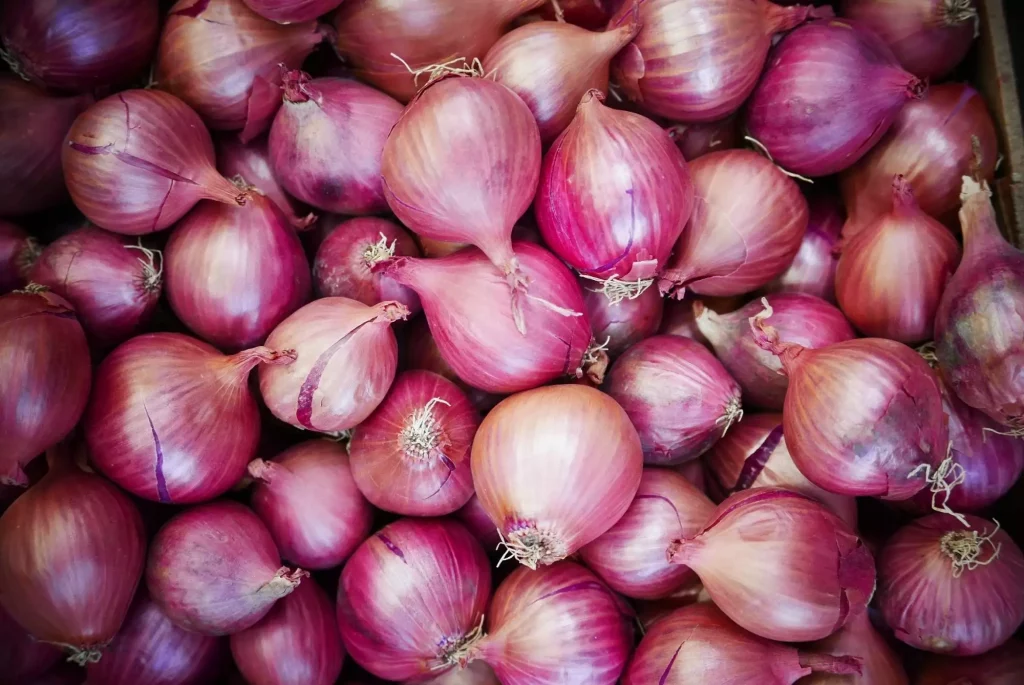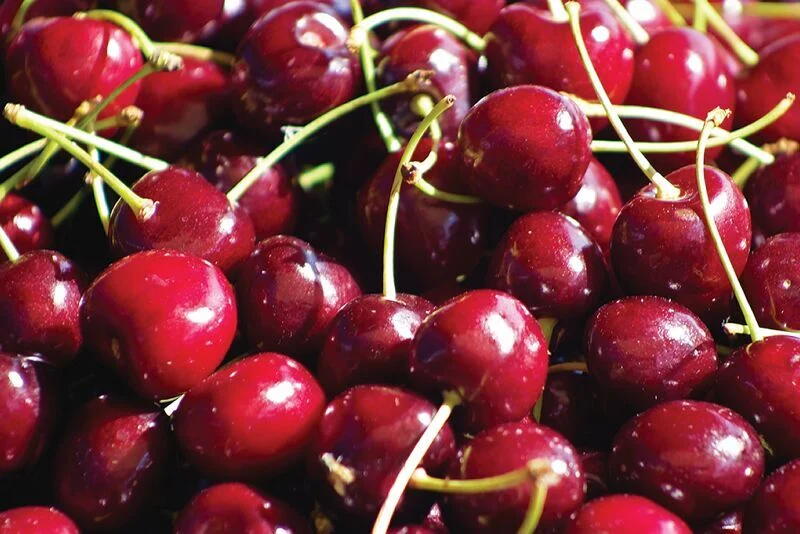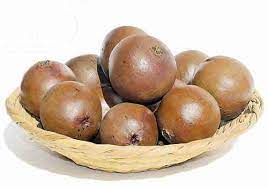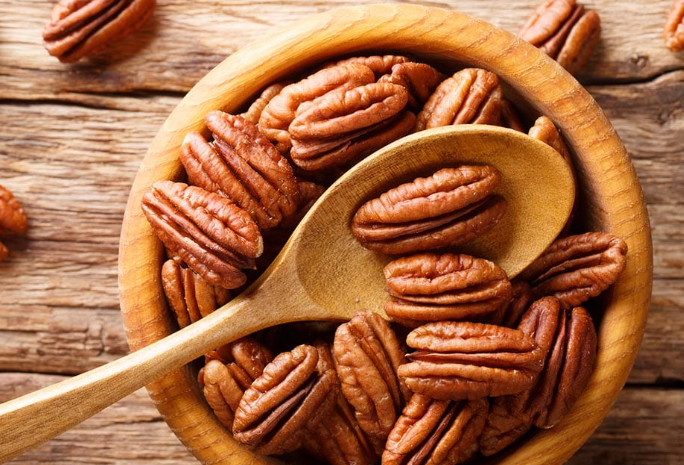Pear skin has a beautiful color and feels smooth, making the fruit look nice. When you eat a pear, you might think about whether the skin is okay to eat or if you should peel it away.
This article will talk about pear skin and the good things it has for your health. Let’s get into it and see if you can eat pear skin!
Table of Contents
- What’s Good About Pear Skin?
- How Much Fiber Is in Pear Skin?
- What Antioxidants Are in Pear Skin?
- What Vitamins and Minerals Are in Pear Skin?
- Is It Okay to Eat Pear Skin?
- Why Eat Pear Skin?
- What to Think About Before Eating Pear Skin
- Pesticides and Wax on the Skin
- Allergies and Sensitivities to Pear Skin
- Do You Like the Taste and Texture?
- How to Prepare and Enjoy Pear Skin
- Cleaning Pears
- To Peel or Not to Peel?
- Using Pear Skin in Recipes
- Final Thoughts
- Frequently Asked Questions
- Is it safe to eat pear skin?
- Does eating pear skin provide additional health benefits?
- How should I wash pear skin before eating?
- Can I use pear skin in recipes?
What’s Good About Pear Skin?
It’s good to know what’s in pear skin before deciding to eat it. The skin holds lots of stuff that’s good for your body.
How Much Fiber Is in Pear Skin?
Pear skin is a great place to get fiber from. It has two types of fiber, soluble and insoluble, which help your stomach work better. The fiber in the skin can keep your bathroom trips regular and stop you from getting blocked up.
What Antioxidants Are in Pear Skin?
Antioxidants are super important because they protect your body from harmful things that can mess with your cells, make you age faster, and lead to sickness.
Pear skin has a lot of antioxidants like flavonoids and polyphenols. These can calm down inflammation and lower the chance of getting long-term diseases.
What Vitamins and Minerals Are in Pear Skin?
Pear skin is also packed with important vitamins and minerals. You can find vitamin C, vitamin K, potassium, and copper in it. These help keep your immune system strong, your bones healthy, and your body working right.
Is It Okay to Eat Pear Skin?
Yes, you can eat pear skin. It’s soft, thin, and tastes nice. But some people might not like how it feels or might find it a bit rough, so they peel it off.
Why Eat Pear Skin?
There are extra health perks in pear skin because of the fiber, antioxidants, and vitamins and minerals it holds. These can help with digestion, keep you healthy, and add to your overall wellness.
What to Think About Before Eating Pear Skin
Even though pear skin is usually okay to eat, there are some things to keep in mind.
Pesticides and Wax on the Skin
Pears that aren’t organic might be sprayed with pesticides. If this worries you, go for organic pears, which don’t use the synthetic kind. Pears can also have a wax layer to make them look shiny and last longer. Make sure you wash them well to take off any wax before you eat them.
Allergies and Sensitivities to Pear Skin
If you’re allergic or sensitive to some fruits or things in pear skin, be careful. Allergic reactions can range from slight to really bad, with symptoms like itchiness, swelling, or an upset stomach. Talk to a doctor if you’re not sure.
Do You Like the Taste and Texture?
In the end, it’s up to you whether you eat pear skin or not. Some folks enjoy the extra boost and feel it gives, while others like their pears without the skin. Try pears both ways to see which you like more.
How to Prepare and Enjoy Pear Skin
If you choose to eat pear skin, here are some tips to make sure they’re clean and tasty.
Cleaning Pears
Wash the pears well before you eat them. Gently scrub their skin under running water to get rid of dirt, germs, and any leftover pesticides.
To Peel or Not to Peel?
If you don’t like how pear skin tastes or feels, you can peel it off with a vegetable peeler or a small knife. But remember, peeling takes away a lot of the good stuff like fiber and nutrients.
Using Pear Skin in Recipes
You can put pear skin into all sorts of dishes. When you cook or bake with pears, the skin gets softer and mixes with the flavors of other foods, adding both taste and health benefits. Experiment with recipes that include pear skin to find new things you might like.
Final Thoughts
In general, pear skin is good for you and can be eaten safely. It’s full of stuff like fiber, antioxidants, and other important nutrients that help your body stay strong and healthy.
But, your own likes, worries about chemicals, and any food reactions are things to think about when deciding to eat the skin. Washing pears well and picking organic kinds can help lower any risks. The most important thing is to enjoy pears the way you like them best.
Frequently Asked Questions
Is it safe to eat pear skin?
Absolutely, the skin of a pear is safe to eat. But you should think about a few things before you go ahead and eat it. Check for any pesticide residue that might be on the skin, see if you’re allergic to it, and also think about whether you like the taste of pear skin or not.
Does eating pear skin provide additional health benefits?
Indeed, pear skin isn’t just okay to eat – it’s also really good for you! Pear skin is packed with good stuff like fiber, which helps your digestion, antioxidants that protect your cells, and vitamins and minerals that your body needs to stay healthy.
How should I wash pear skin before eating?
It’s important to wash pear skin the right way before you eat it. Put the pear under running water and use your hands to rub it gently. This helps to get any dirt, germs, or leftover pesticides off the skin so it’s clean and safe to eat.
Can I use pear skin in recipes?
Of course, you can totally use pear skin in your recipes. It’s quite versatile! When you cook or bake pear skin, it gets all soft and mixes in with whatever you’re making. Plus, it adds a nice taste and gives your food some extra nutrition too.









